| TIME |
AGENDA |
|
| 09:00 |
Welcoming Speech, Opening Remarks & Thank You Sponsor Speech By Summit Producer
|
|
|
|
|
| 09:05 |
NASA Keynote Address: Artemis And Beyond – Advances In Lunar Exploration Technologies And Mars Exploration Future Plans
|
|
|
- NASA’s next crewed mission to the moon, Project Artemis, will not be a short visit like the 1969 Apollo landing. There will be multiple visits followed by a permanent presence on the moon, which will then be used as a gateway to get humans to Mars. The scene for long-term human habitation in space is now set.
- Achieving the goals of a long-term lunar surface presence beyond the 2024 mission and the first human mission to the surface of Mars
- Involving the private industry at all stages and lots of international co-operation
- NASA’s goal to have the first woman on the upcoming Artemis mission to the moon
|
|
 |
Tom E. Cremins
Chief of Staff & Associate Administrator, Federated Board/ Strategic Engagement and Assessments
NASA |
 |
| 09:45 |
Chief Scientist Keynote Address: Beyond Lot 14, Developing Adelaide As An Outstanding Space And Defence Hub – Challenges And Opportunities
|
|
 |
Professor Caroline McMillen
Chief Scientist of South Australia |
 |
|
|
|
10:15
|
Morning Refreshments & Networking Session |
|
| 10:30 |
How Virgin Orbit Partner With International Space Agencies And Satellite Companies For New Cost-Effective Launches? The Selection Of Future Launch Sites For New Launches
|
|
 |
Stephen Eisele
Vice President, Strategy
Virgin Orbit |
 |
| 11:00 |
Future ISS Programmes And Developments – Where Are The New Partnership Opportunities? |
|
 |
Christine M. Kretz
Vice President, Programs and Partnerships, International Space Station (ISS)
U.S. National Laboratory (confirming) |
 |
| 11:30 |
Defence In Space |
|
|
Defence is a major user of space technology. The Australian government has set aside $1.6 bn over the coming decade to fund defence innovation programmes, many of which are related to space technology. What is the role of the defence sector in space? Does Australia has the R & D potential for global defence and space companies? |
|
|
Wing Commander Michael Spence
Air Power Development
Air Force HQ, Australia (pending) |
|
| 12:00 |
Future International Space Launches |
|
|
- Falcon, Dragon, Taxi: Spacex’s Future Launches In 2020 & Beyond And Collaboration Partnerships
|
|
 |
Gary Henry
Senior Director
SpaceX (confirming) |
|
|
- Japan’s Future Space Launches Move Ahead
|
|
 |
Hidetaka Aoki
Partner, Space & Robotics/Space Business Evangelist
Global Brain Corp, Japan
Global Brain is one of the top-tier venture capital firms in Japan |
 |
|
- Planning A Pressurized Rover To Enable Astronauts Explore A Much Wider Area On The Lunar Surface – Update On JAXA-Toyota Collaboration
|
|
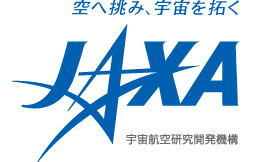 |
Senior Representative
JAXA, Japan |
|
|
- Japan’s First Mars Rover Mission: Latest Update On Discovery On The Martian Moons, As A Potential Base For Future Crewed Missions To Mars
|
|
 |
Professor Kazuhisa Fujita
Chief Engineer, Mars Exploration Program, Japan Aerospace Exploration Agency
Professor, Institute of Space & Astronautical Science |
|
|
- Europe’s New Space Launches: Global Assessment Of Space Socio-Economic Impact And New Technology/Business Spin-Offs
|
|
 |
Elia Montanari
Head of Control
European Space Agency |
 |
|
- OneWeb’s Future Launches. Space Constellation For Global Connectivity
|
|
 |
Yvon Henri
Chief Regulatory Advisor
OneWeb |
 |
|
- Why UAE Is Spearheading Planned Middle East Manned Space Missions In 2020 & Beyond
|
|
 |
Heyam Al Blooshi
Woman Astronaut Candidate/Aeronautical Design Engineer
UAE Space Agency (invited) |
 |
|
|
|
| 12:50 |
Lunch & Networking
|
|
| 14:00 |
Follow The Water: Australian Satellites For Earth Observation – The Leap Forward In CSIRO’s Space Programmes |
|
|
- Why is satellite imaging so expensive?
- What gaps in Earth observation can Australia fill?
- How can we leverage our unique location and knowledge to take leadership in Earth observation?
|
|
 |
Dr Stephen Genseme
Research Leader, Optical Systems & Senior Research Scientist
CSIRO Manufacturing
Leading science applications of CSIROSat-1, CSIRO’s first CubeSat |
 |
| 14:30 |
India’s Space Programmes: Lessons From Past Launches – Preparing For Future Manned Launches And Lunar Missions
|
|
|
- Lessons from ISRO’s lunar landing mission
- From concept to launch
- Lessons derived
- Future plans for ISRO
|
|
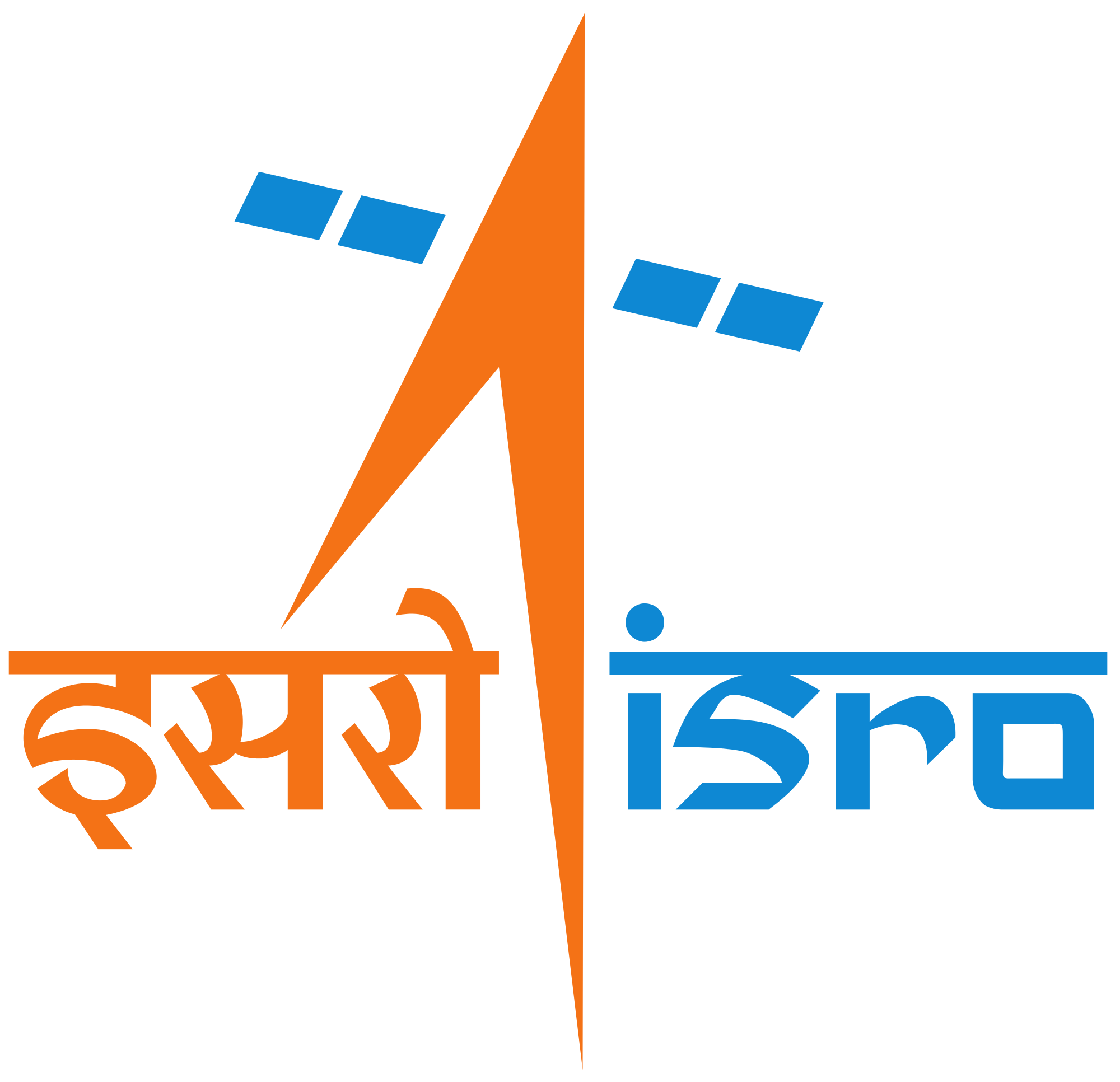 |
Dr A R Srinivas
Head of Space Applications
ISRO, India (invited) |
|
| 15:00 |
Long-Term Life Support For Survival In Space And On The Moon
|
|
|
• NASA’s next trip to the moon will be based on research done in South Australia — such as mining ice and metals from asteroids and the lunar surface. Working out how to mine lunar ice to sustain human life and to power rockets are a priority in South Australia, along with mining metals from the moon and asteroids. The top priority at this point is water. Water as an energy source but also for drinking. Water molecules can be split to create hydrogen, which can be used as a rocket fuel. The discovery of water at the polar caps has been a huge surprise for scientists, and makes living on the surface much easier than was envisaged in the past. The next step will be space farming. Astronauts will have to have something to eat if they are going to live there.
• The next space revolution rests on the ability to produce materials and structures in space. Transporting resources into space is not viable for long-term space exploration, as mission payload costs are thousands of dollars per kilogram. There is an urgent need to find viable solutions to locating, extracting and processing resources where they are found and doing so in a sustainable way. |
|
 |
Prof John Culton
Director, Centre for Sustainable Planetary & Space Resources
The University of Adelaide
Retired US Air Force Colonel |
|
|
|
|
| 15:30 |
Afternoon Refreshments & Networking Session |
|
| 16:00 |
Venture Capital In Space Tech: Financing And Charging Up Innovation In The Space Industry
|
|
|
- Understanding the risks and opportunities in Space Tech
- Educating the market about Space Tech
- Breaking down the regulatory challenges and more
|
|
 |
Martin Duursma
Managing Partner
Main Sequence Ventures |
 |
| 16:30 |
Updating On New Discoveries In Microgravity Applications, Advances In Space Microbiology, Astrobiology, CubeSat Payload And Leveraging AI For Satellites
|
|
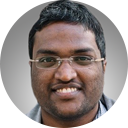 |
Ravi Teja Duggineni
CEO
Research Sat |
 |
| 16:50 |
Interactive Roundtable Discussions: |
|
|
- Lunar Resource Extraction For Future Artemis Missions
|
|
|
- Focus resources to support Artemis missions
- Extraction Ready Resource
- New extraction methods
- New resource types, not ice water
|
|
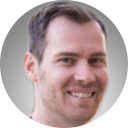 |
Joshua Letcher
Founder, Allotropes Mining & Diamonds
CEO, Space Industries Australia |
 |
|
- The Use Of Hyperscale Datacenters In Space: Storage In Motion
|
|
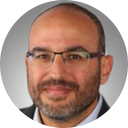 |
Ohad Harlev
CEO
Lyteloop, USA |
 |
|
- Building The Next Generation Space Force: Space Education And STEM Training New Opportunities
|
|
|
- Exposing Secondary School Students to the variety of careers in the Space Industry’ featuring programs such as the Space Passport and Space Industry Work Experience Program plus other school based programs supported by the Advanced Technology Program like the senior Drone program at Seaton High School would be suitable.
|
|
 |
Dr Sarah Baker
Advanced Technology Program Manager
Department for Education, South Australia |
 |
|
- Meeting The New Challenges Of Space Medicine In Deep Space Exploration
|
|
|
- Silicon microdosimetry and its applications for astronauts’ radiation protection and SEE mitigation
- Radiation dosimetry/microdosimetry sensors with applications for prediction space radiation hazard for astronauts and radiation damage of electronics
|
|
 |
Anatoly B. Rozenfeld
Distinguished Professor of Medical Physics
Director, Centre for Medical Radiation Physics, School of Physics
University of Wollongong |
 |
|
- Why Nanosatellite Communications Are Key To Powering The Next Generation Of Space IoT
|
|
|
- Speeding up communications between nanosatellites and terrestrial communication devices
- New trends in nanotechnology and how it improve long-distance communications
- Meeting new challenges, costs of development and deployment, regulatory hurdles
|
|
 |
Senior Representative
Myriota/Boeing HorizonX Ventures |
|
|
- The Danger Of Space Debris For Space Flights
|
|
|
- How space debris will increase in the future
- Why it is dangerous for space flights
|
|
 |
Senior Management
Astroscale |
|
|
- 3d Printing For Space Tech Manufacturing: How This Can Help Lower The Cost Of Prohibitively Expensive Space Flights
- Establishing Effective Ground-Based Controls For Space Flights: How This Will Help Smaller Operations Launches
- Space Advances For Telecommunications & Broadcasting. Towards 6g And New Spectrum Planning. Latest VSAT Innovations.
- Space Advances For Defence Deployment, Monitoring And Research
- Augmented Reality & Simulation For Space And Aeronautical Training
- Space Applications For Smart Cities Geospatial Planning
- Satcom Innovation In An Era Of Low Earth Orbit Constellations
- Latest In Disruptive Low-Cost Rocket Technology
- Latest Innovations In Remote Sensing And Imagery Analysis
- How The Mining, Agriculture And Logistics Sectors Stand To Benefit From Space-Based Resources And New Leo Innovations
- Patent Protection For Space Innovations/Latest Aeronautical Laws Governing New Space Exploration Launches
- Developing New Pathways From Research To Industry: How Do You Commercialise Your Latest Space Innovation/Research?
- The Use Of Accelerators To Help Incubate Space Tech Start-ups
- Space Tourism As The New Travel Frontier: How SpaceX, Virgin, Blue Origin Scale Up The Industry, Addressing Safety Concerns For Space Tourists
- Global Spectrum Planning & Allocation: Space Services Around And Beyond The Earth
|
|
|
|
|
| 17:30 |
Closing Remarks by Summit Chairman |
|
| 17:35 |
Champagne Networking Session |
|
|
 |
|
|
Enjoy a glass of champagne whilst networking with other like-minded individuals on topics that are of most interest to you and fellow delegates. |
|